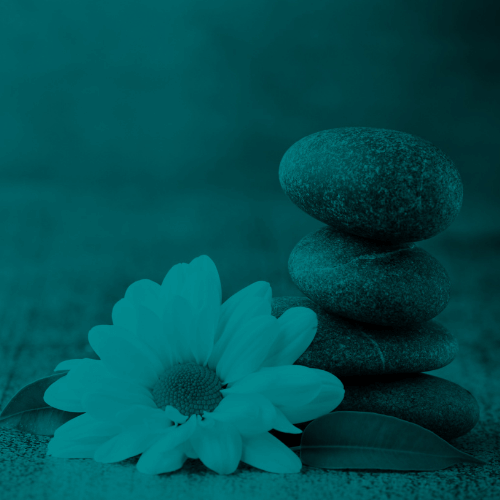
The exercise of mindfulness -directing all of your attention and awareness to the present- can bring about many benefits to your emotional, mental and physical health, not to mention the relationships in your life.
Among its benefits, exercising day to day mindfulness can:
Help you make rarer errors when processing your experiences.
Pull you out of the negative downward spiral caused by too much daily stress or too many bad moods.
Help you put stressful events into perception and build flexibility, so you are less overwhelmed by them in the future.
And while there are many mindfulness practices, you can exercise regularly, learning how to present at the moment is a way of life. With frequent exercise, you can learn to live a more mindful life that allows you to become more alert and conscious of everything you do.
However, if you are intended to be more mindful during your daily life, you can live with greater purpose, positivity, and more happiness.
What are some of the ways to practice mindfulness?
There are many simple ways to practice mindfulness. Some examples are:
Focus on your breathing: When you have negative thoughts or anxiety, try sitting down, taking a deep breath, and closing your eyes. Focus on your breath as it moves in and out of your body. Sitting and breathing for even just a minute will help.
Live the moment: Try to purposely bring an open, patient, accepting, and sharp kindness to everything you do. Find happiness in simple practices.
Mindfulness while waiting: In the traffic light or doctor’s office could be an opportunity to get mindful. As you wait, instead of defaulting to looking at your phone, you might take a few deep breaths and focus on what’s around you. What can you hear? The smell of the air around.
Pay attention: I know it isn’t easy to slow down and notice things in a busy world. Try taking the time to experience your environment with all of your senses—sight, touch, smell, sound, and taste. An example is when eating or drinking, concentrate on the flavors, textures, and sensations that come with each bite or sip.
Mindful intimacy: Practicing conscious intimacy can be a way to focus on your own body, your partners, and your common experience moment by moment. This may involve observing, listening, expressing mutual desires while showing acceptance, curiosity, and gentleness.
Accept yourself: Pamper or treat yourself the same way you would treat your favorite person.
How To Make Mindfulness A Habit
Stating a new habit can be tricky. Here are some ways to make your mindfulness practice a regular part of your life:
Create your anchors
If you start feeling uncomfortable, you might consider using a mindfulness anchor- something that keeps you grounded and brings you back to the present moments. This includes:
Checking in with your senses. What are you smelling and feeling right now?
Turning your concentration to your breath and taking a few deep breaths
Remind yourself that whatever you are feeling at the moment is not permanent, and like all emotions and moods you have had before, it will pass.
Develop mindfulness rituals and prompts
If you choose to be mindful of your daily routines like cooking, eating, or walking, you can intentionally pay attention to how, when, why, and what you feel while doing them.
Having unique prompts may help you remember your intentions. You use your journal to capture your morning thoughts.
Find responsibility partners
- You may find it beneficial to:
- Track your mindfulness habits in a journal.
- Check in with a mindful partner or friend once a day.
- Receive daily affirmations from meditation apps.

























